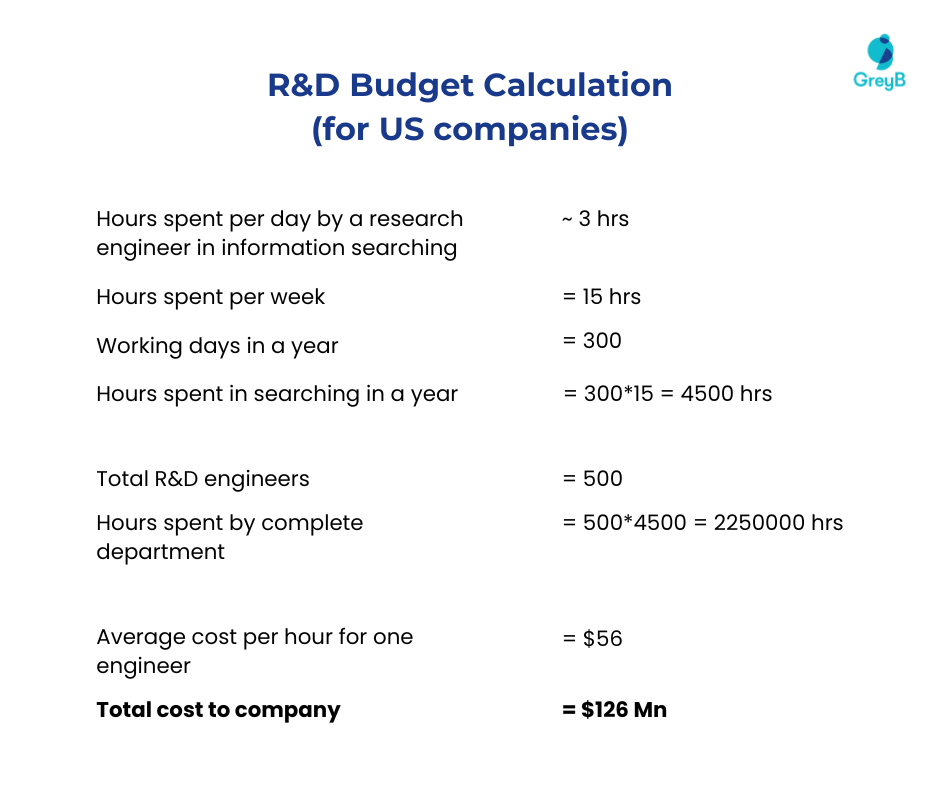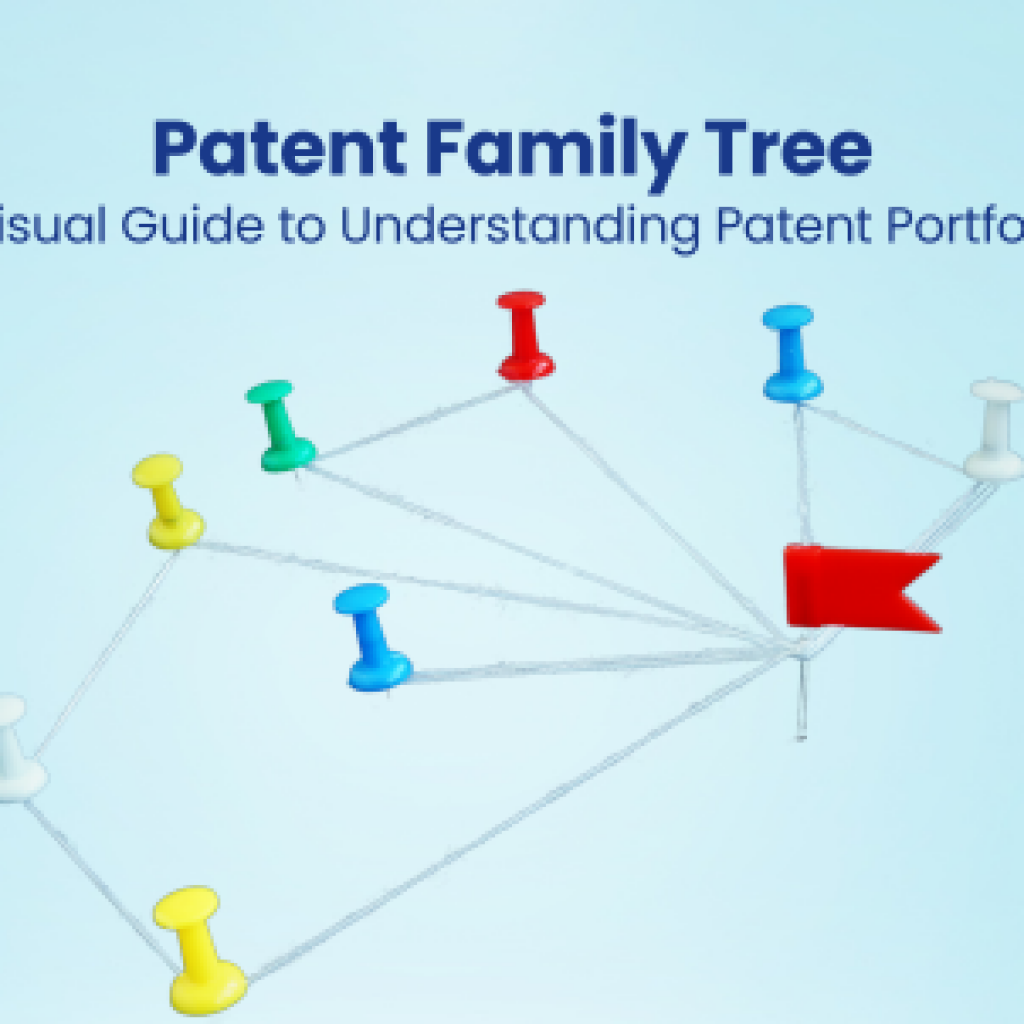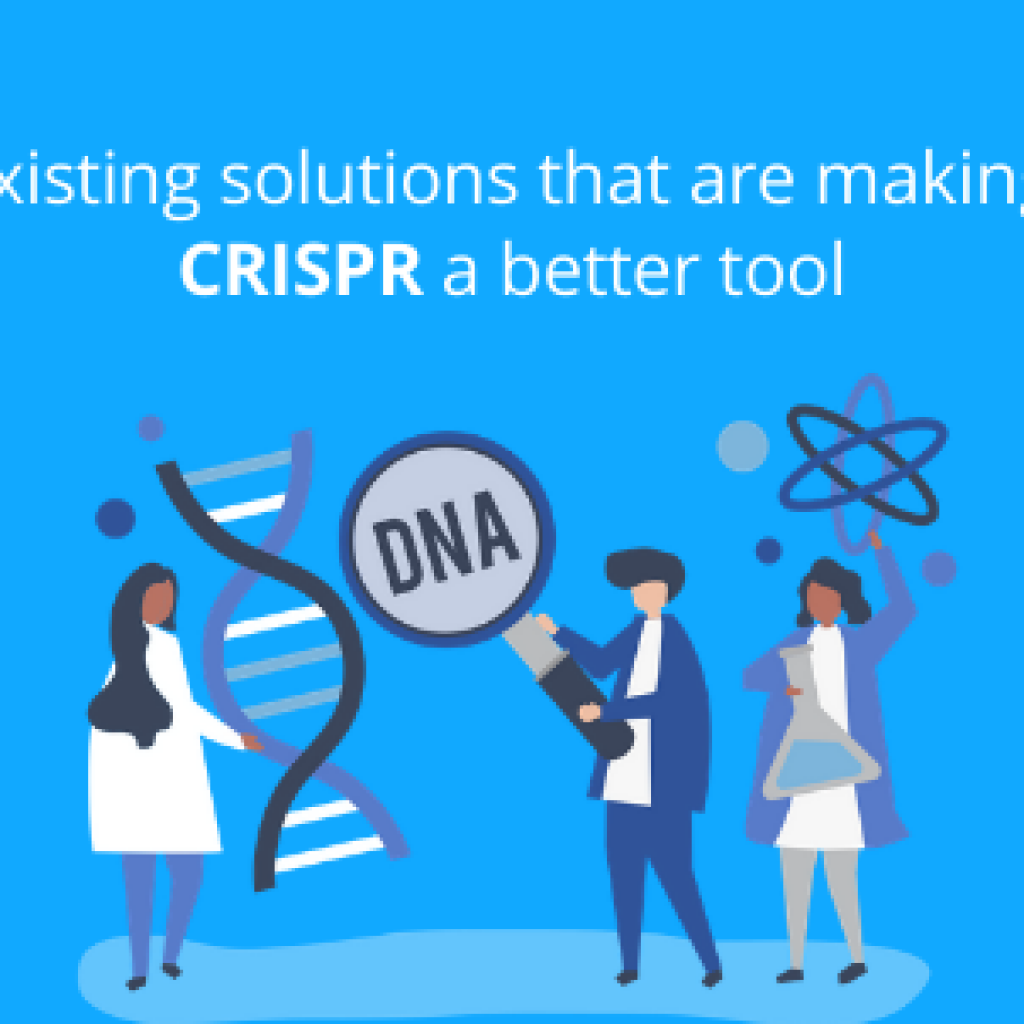With R&D being the strategic cornerstone for companies that want to compete in today’s market, they must have a graceful R&D budget. Nevertheless, during a recession, companies are pushed to cut costs in whichever departments they can, including R&D. Now, I can tell you a hundred reasons why that’s not a good idea, heck I can write an article about it. But what if you could cut this cost without the risk of losing the technological advantages?
How?
Let’s look at it this way: Ideally, your R&D team should research, but it spends a lot of time gathering information.
Tell me, how often do you find the desired information on a single page on the first attempt? My best guess is once in a blue moon.
With information scattered across the web, it isn’t easy to find complete details on the first go. An R&D team should get the correct information for their research. But often, what they get is partially incomplete or, many a time, incorrect information. At present, the information-gathering workflows of many R&D teams take up too much of their time. Further, these workflows often involve performing ad hoc tasks and work around to get the desired results.
Access to the correct information at the right time separates a winning R&D team from a losing one. Yet among many problems R&D teams face, information flow/information gathering is still one of the major ones. It leads to delayed projects and waste of resources which hit the research productivity.
Is there a solution? YES. However, before we discuss that, let’s first find how big a hole “not finding the right information on time” creates on an R&D budget.
What is the cost of not finding the correct information on time?
According to a study conducted by IDC in 2018 IDC research engineers are losing 50% of their time every week — 30% searching for, governing and preparing data plus 20% duplicating work.

Assuming that out of the 8 hours, ~3 hours get wasted in sifting through and analyzing irrelevant information, in a week, a single R&D professional spends 15 hours on irrelevant details.
Let’s infuse life into these stats. Consider an organization with 500 R&D Engineers with an average salary of $56 per hour. Per my calculations, such a company will lose more than a million to the wasted hours. Here is the breakdown of my analysis:

In the calculations above, I used only one scenario under which I assumed a few criteria to calculate the cost of finding relevant information after sifting through a lot of irrelevant information. However, a whitepaper by IDC considered another scenario where the analysts also took the opportunity costs of investing time in sifting through a lot of irrelevant information. As a result, the analysts found the opportunity costs for an organization having 1000 knowledge workers with $500,000 revenue per employee calculated to be around $15 million per year.
So how can you save this time and the R&D Budget?
We are a group of researchers, and we faced a similar problem, though differently. To fix it, we built a tool called GreyFox for internal use, which eliminates irrelevant results from the search.
After working with R&D teams of many fortune 500 companies for over a decade and developing multiple software to make their process efficient, it dawned on us, ‘We can solve this problem as well’. We can create a tool where the R&D team gets the curated information and insights they need in a customized dashboard tailored to their industry.
Let’s assume your R&D team is working on solving a problem from the battery domain to give you an example. Our researchers will work alongside our product development team to develop an intuitive dashboard where they can find a list of all the issues the industry is trying to solve, such as capacitor deterioration, short circuits, thermal runaway, etc.
Say your team focuses on solving the thermal runaway issues in batteries, and you want to know what is happening in the domain. All you have to do is click on Thermal Runaway, which will open curated solutions disclosed for the problem. This dashboard will save you and your team from investing time in information collection and filtering irrelevant information. So, you can jump to the analysis of the information part quickly and start innovating. Similar to how a paralegal assists the attorney so they can win in the courtroom.
And how do we get all the relevant information for you?
To arm your R&D team with the right information, we first use AI algorithms to fetch data on the problem in your tech domain. After that, our team of researchers– consisting of engineers and PhDs, run a manual analysis to remove any irrelevant information. This combination of machine and human intelligence increases the signal-to-noise ratio by multifold.
Want to save millions in your R&D budget while maximizing the ROI?

Edited By: Nidhi, Marketing Team










